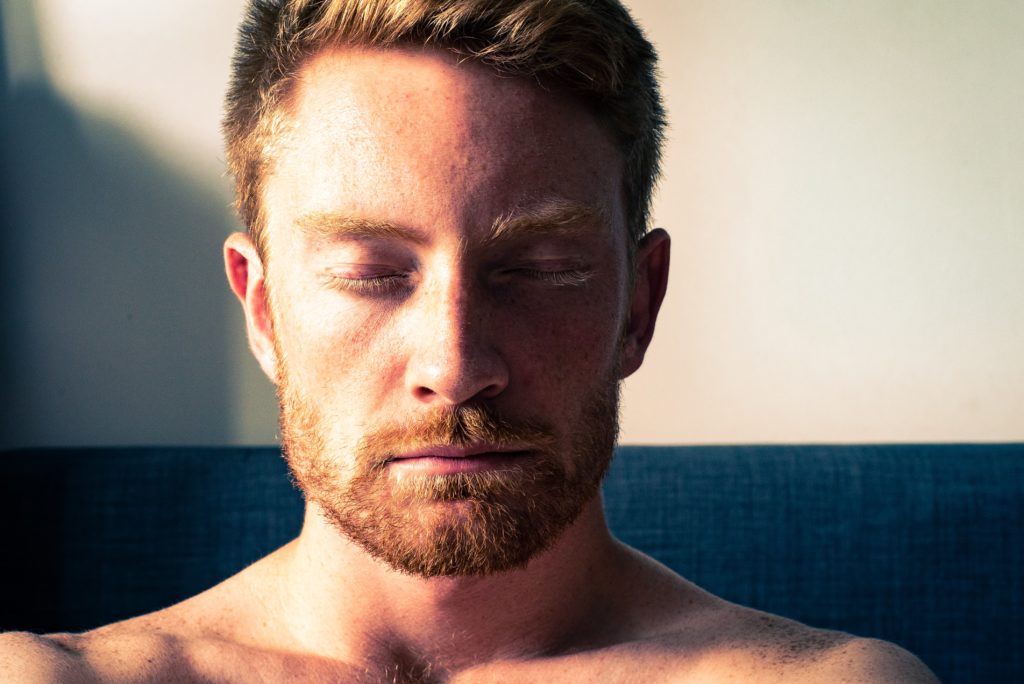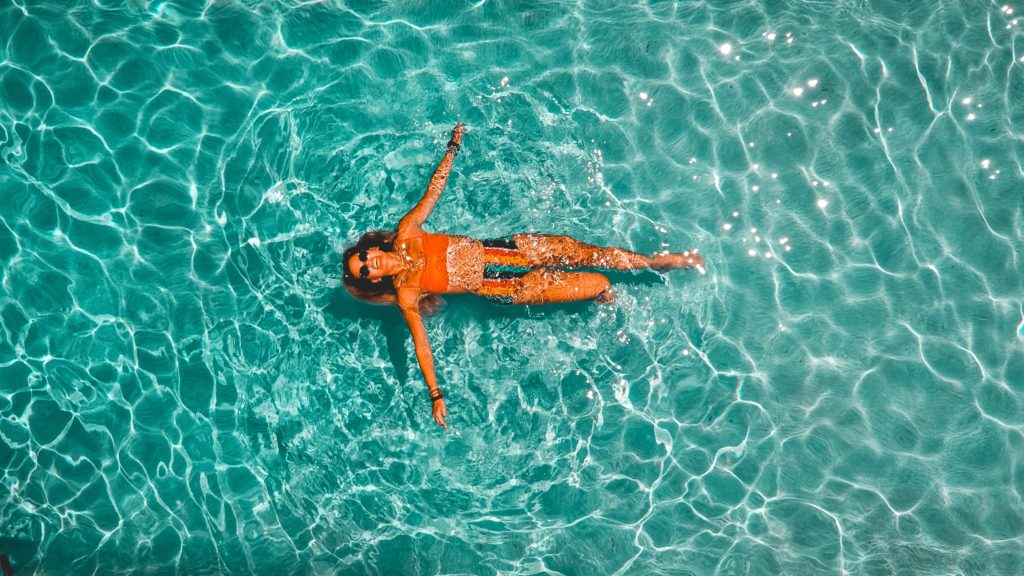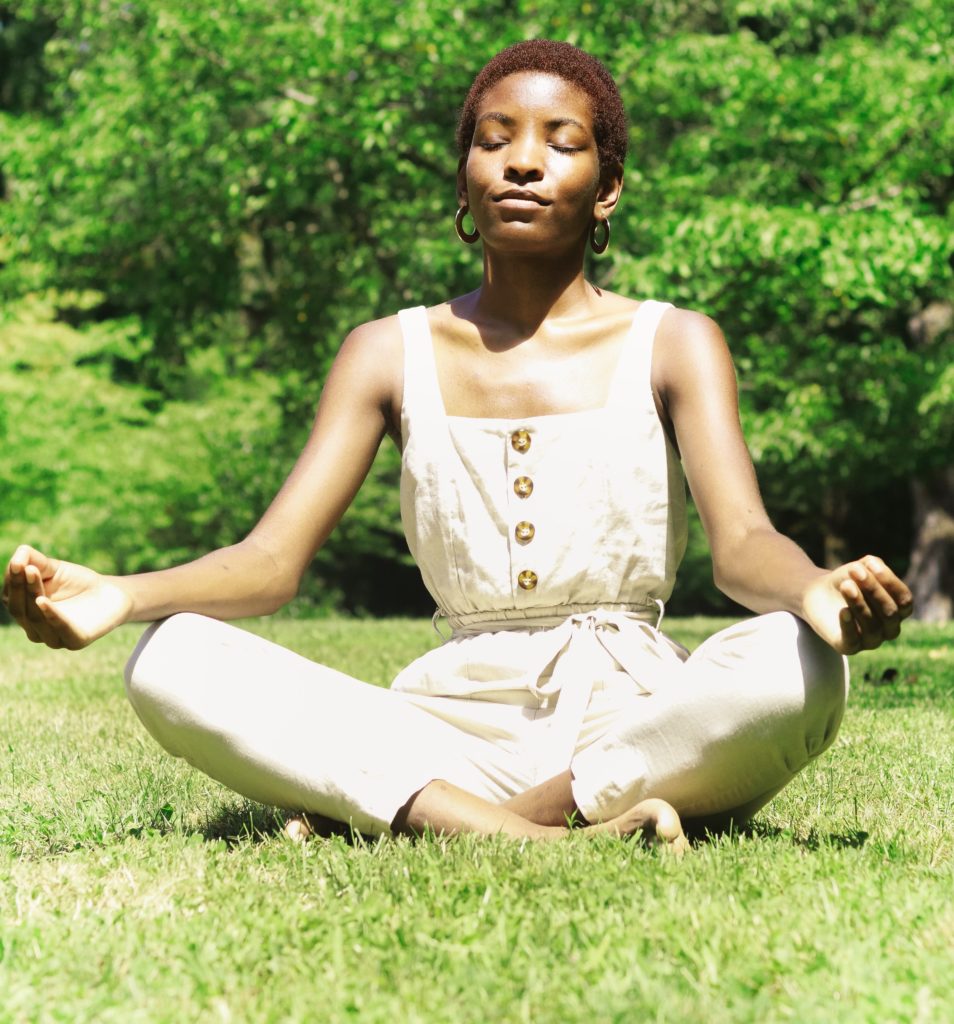I’m sure you’ve heard the expression “mind over matter”, right?
We established last week that our thoughts and emotions can have a profound effect on our physical being. So it stands to reason that the same can be true for healing our bodies.
Now, I’m not talking about something out of a Marvel comic book…though you might consider this a superpower. I’m referring to an effective and versatile stress management technique called guided imagery.
This practice capitalizes on your five senses to transition your mind into a state of relaxation and positive healing. It’s simple, non-invasive and requires no equipment, but the benefits are FAB! We’re talking reduced fear and anxiety, improved mood, less frequent headaches, better sleep, lower blood pressure, and less muscle pain. Guided imagery is even used with patients before surgery or long-term treatments to increase the likelihood of a positive outcome.

Perhaps the best part about guided imagery is that it utilizes your imagination, which as a creative person, you already have in spades!
So, let me walk you through a few guided imagery exercises to help you bring more calm and ease to your reality.
Guided imagery is often associated and/or combined with visualization exercises, self-hypnosis and guided meditation, but it’s a mindfulness practice of its own. In addition to its substantial stress reduction benefits – due to quickly and efficiently relaxing your muscles – it helps you center your focus back to your body’s cues and deepens your connection with your spirit.
Getting Started With Guided Imagery

Here are steps to create your own personal guided imagery to help you reduce stress.
- Find a comfy, quiet spot to sit or lie down. Turn off all your tech gadgets and silence those notifications. Hang a “Do Not Disturb” sign on your door if you have to! 😉
- Close your eyes and take a few deep breaths to help you relax.
- Picture a place in your mind that is calm and relaxing. This could be anywhere you like, a tropical beach, in the mountains, at a waterfall, or even on a porch swing.
- Take time to fill in the details of the scene using each of your five senses. For example, is it warm or cool there? Is there a breeze? Do you smell flowers? Can you taste the salt in the air? Do you hear birds, or the ocean waves, or is it silent and still?
- Now you are going to walk into your vision. As you make a path forward, continue to experience your surroundings through your senses, and allow the beauty of the scene to pull you deeper and deeper into a relaxed state.
- Remind yourself that you are safe here. Let go of any lingering emotions or worries.
- When you are feeling well and blissful, take a few more slow, deep breaths.
- Now, think of a word or sound that you can use in the future to help you return to this place, like a totem. Keep it simple, and make sure it’s something you will remember.
- When you are ready, slowly bring your awareness back to the present, but don’t let go of the peace you found in your sacred inner space. Bring that bliss with you!
- Count to 3, and open your eyes.

How do you feel? Hopefully, you’re relaxed and ready to rock whatever the day brings your way!
If you need more structure, or you’re hitting a creative block, there are lots of pre-made audios and videos that can help you get more comfortable using guided imagery. Headspace has a library of options, and you can try it out for free for 7 days.
Here are a few online guided imagery exercises to get you started:
10 Minute Guided Imagery Meditation | City of Hope
Calm down quickly | Guided imagery for anxiety
Guided Visualization for Rest, Anxiety + Sleep | Lauren Ostrowski Fenton
The Tranquil Village: Guided Visualisation Story for Relaxation & Sleep | The Honest Guys
Guided Imagery & Mindfulness Exercise PDF: Body Image
Let me know how your experience of using guided imagery for stress relief and relaxation goes. I want to hear from you! Leave me a comment below or in The Badass Beauty Club on Facebook.
LOVE + daydreaming,


+ show Comments
- Hide Comments
add a comment